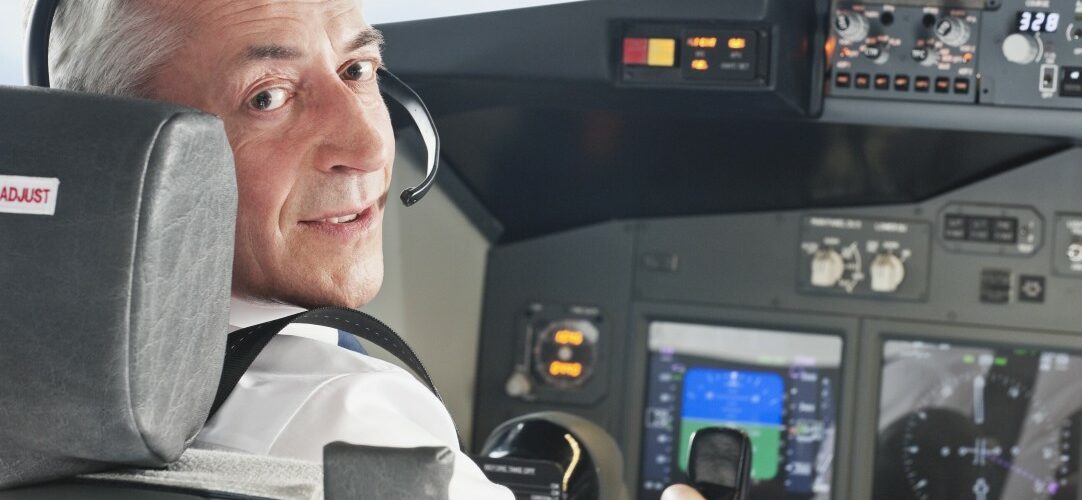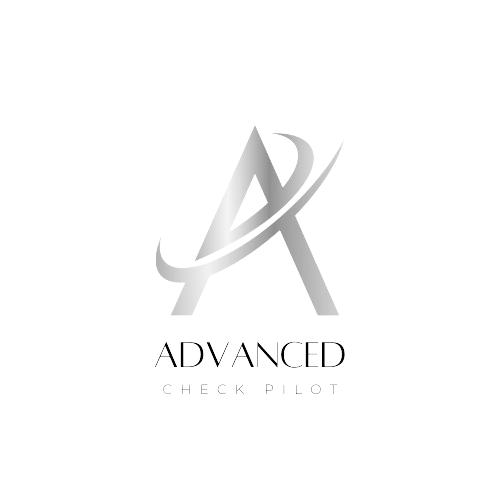Blog
Uncommon Air Traffic Control (ATC) Phrases You Might Encounter in Canada
- March 5, 2024
- Posted by: admin2139
- Category: Education

Once you’ve taken the plunge into solo flying, you might encounter radio terms that were never discussed during your training or mentioned by your instructor. Many of these phrases became apparent to me during cross-country flights after obtaining my Private Pilot License (PPL). Utilizing the flight following service provided by Air Traffic Control (ATC) proved invaluable in monitoring enroute traffic. Operating on this frequency not only allows you to receive instructions but also offers a chance to hear communications from a diverse range of pilots, from jet aviators to those flying small single-engine aircraft.
While it’s not crucial to learn every phrase in the book before solo flying, being acquainted with additional lingo will undoubtedly boost your confidence on the radio. Depending on your departure airport, you might already be familiar with some of these terms, but here are a few expressions and sentences that caught me off guard in my initial months of solo flying after obtaining my PPL:
- Do you want higher? – The controller inquiring if you’d like to ascend to a higher altitude.
- Break break – A term used to interrupt messages for two different aircraft.
- Company traffic – Traffic from the same airline or flight school as you.
- Heavy – A large aircraft with a takeoff weight exceeding 300,000lbs, adding “heavy” to their call-sign indicates a need for greater separation due to the wake turbulence they produce. Example: “FEDEX 372 Heavy”
- Check remarks – ATC signaling they’ve heard and understood your transmission without the need for them to read it back; akin to saying “roger.”
- Recycle transponder – Power off and on your transponder if ATC is having trouble tracking you on radar.
- Squawk ident – Activate the ident button on your transponder, making your aircraft stand out on ATC’s screen.
- Radar contact – The controller confirming they have you on their radar and will provide flight following.
- Altitude unverified – The controller sees the aircraft on radar but hasn’t provided assistance, hence lacks verbal confirmation of the altitude.
- Wilco – Used by pilots to indicate “I will comply,” distinct from “roger,” which simply acknowledges receipt of the controller’s transmission.
- No joy – Used to express “if that doesn’t work.” Example: “For flight following, contact 119.7 no joy 133.4”
- Abeam – If you’re abeam a fix or point, you’re positioned 90 degrees to the left or right of it.
- Radar service terminated – Flight following is concluding, and you should switch to your enroute or destination frequency.
- Cleared for the option – Controllers informing you that you have clearance, typically for a low and over, with the option to land if needed.
While you might encounter plenty of IFR (Instrument Flight Rules) chatter, especially if you haven’t pursued that rating yet, understanding terms like “RNAV,” “ILS,” “visual approach,” and others can wait until you start your IFR rating.
The radio can be daunting for newer pilots, and there will be moments where you hear unfamiliar terms or phrases. With time and practice, you’ll realize that controllers often use the same phrases repeatedly, making their language predictable. I hope this list gives you a head start on radio calls during your solo flights. Don’t hesitate to ask the controller to “speak slower” or say “say again” if needed. They are there to assist pilots and ensure everyone’s safety.
